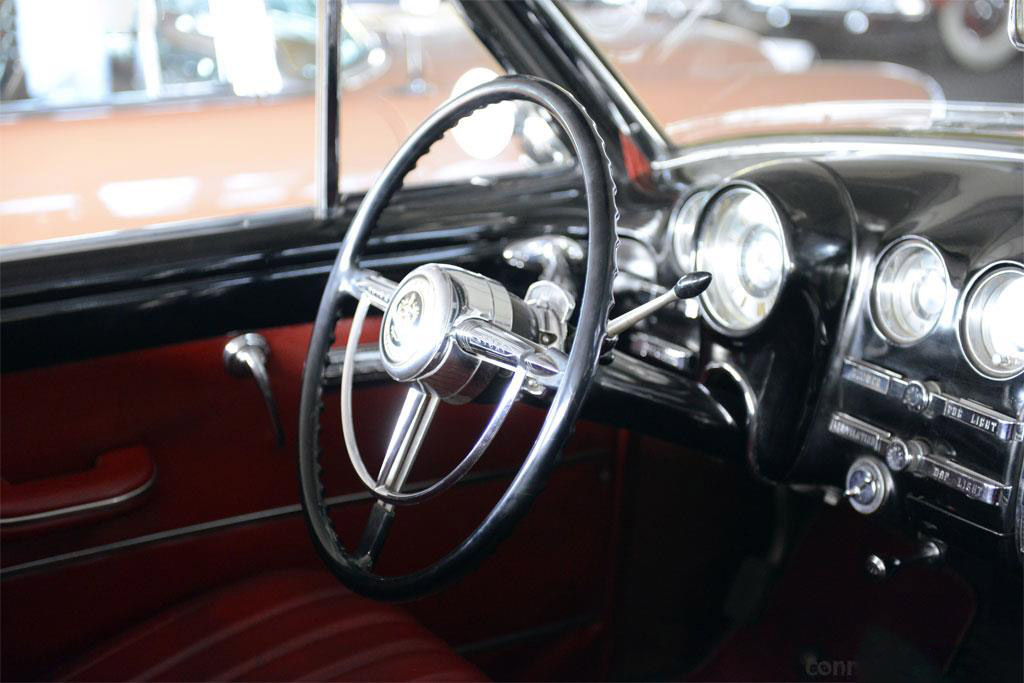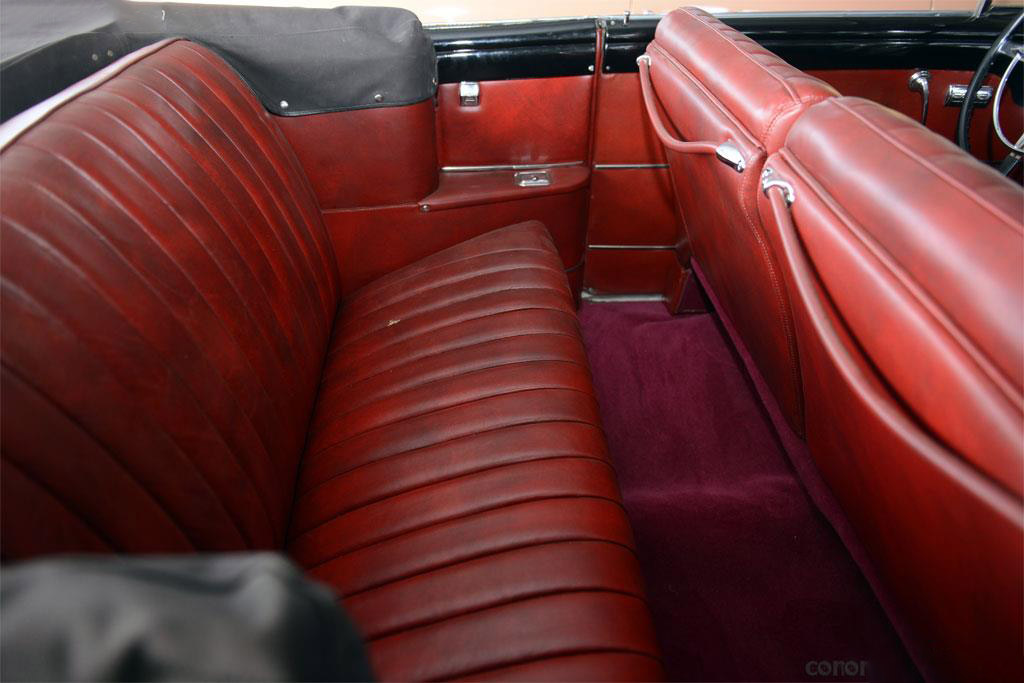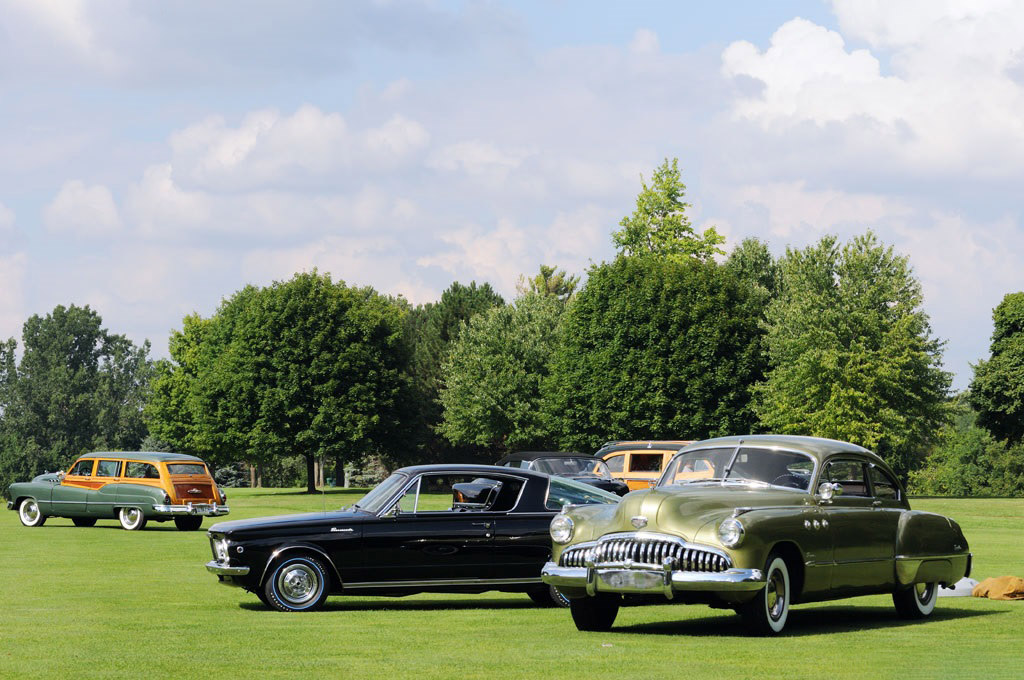The 1949 Buick Series 50 Super Coupe Sedan marked a significant milestone in the General Motors Division’s post-World War II styling. With its captivating design and innovative features, this model became an enduring symbol of elegance and luxury. In this article, we delve into the fascinating details of this timeless classic and explore why it continues to captivate car enthusiasts today.
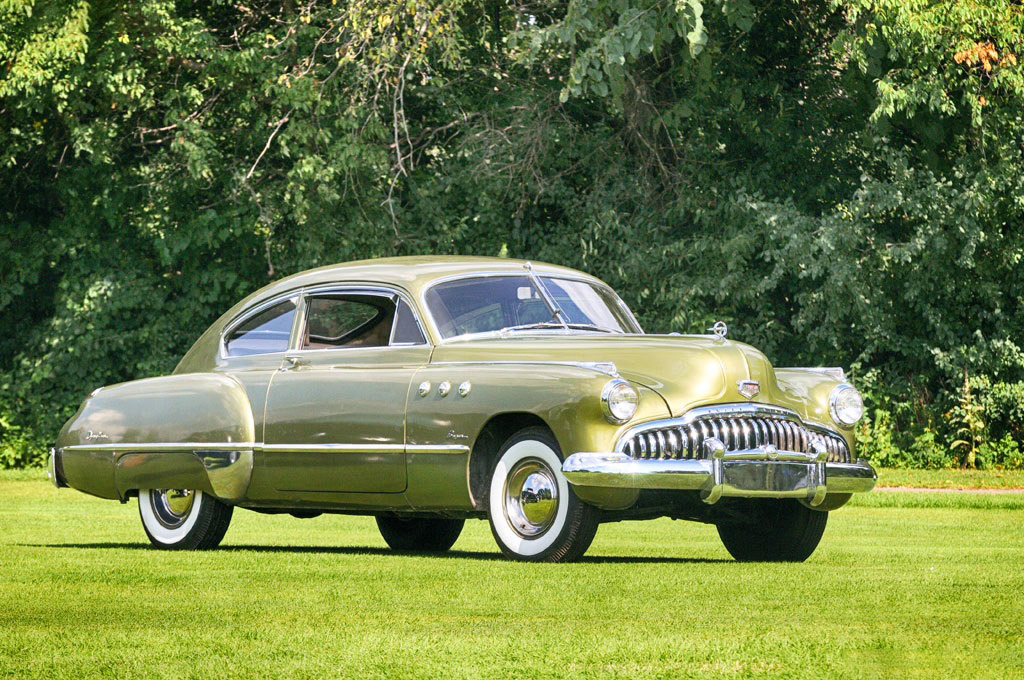
The Stylish and Unique Sedanet Design
One of the standout models in the 1949 Buick Series 50 Super line was the Super 56-S two-door fastback coupe, known as the Sedanet. Buick introduced this body style in 1941, and it quickly gained popularity for its sweeping lines and spacious interior. The Sedanet became synonymous with sophistication and set the stage for future Buick designs. Although production ceased in 1951, its legacy lived on.
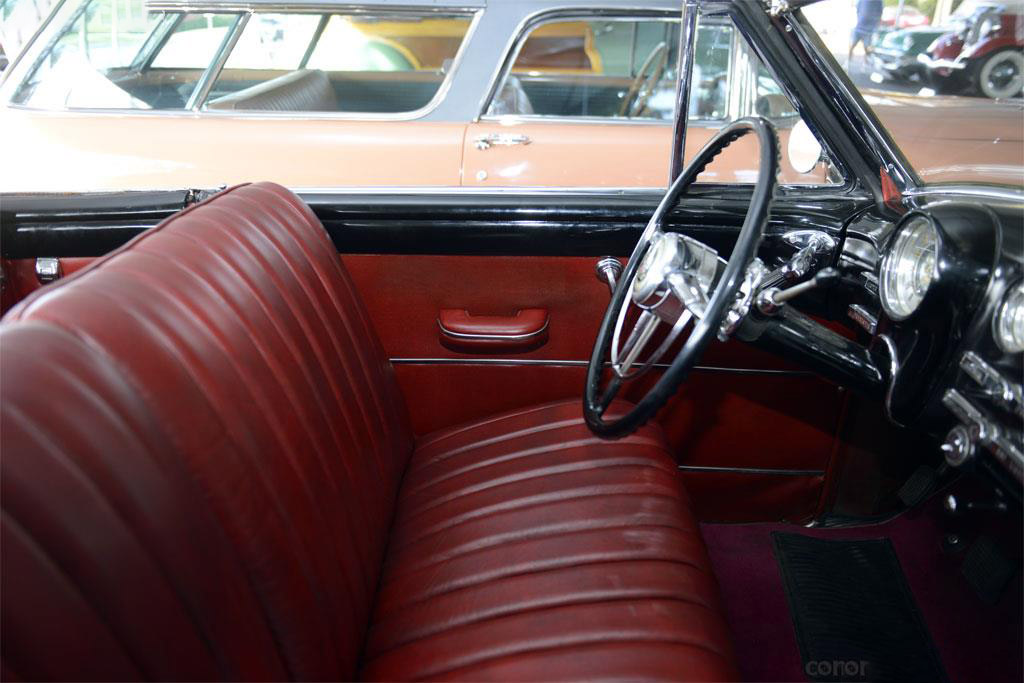
The Iconic VentiPorts
A defining feature of the 1949 Buicks was the front fender VentiPorts, often referred to as ‘portholes.’ These stylish accents not only added visual flair but also served a functional purpose. The Series 50 Super models boasted three VentiPorts per front fender, while the longer-wheelbase Series 70 Roadmasters featured four. Buick’s iconic Venti-Ports left a lasting impression and are still echoed in the brand’s modern designs.
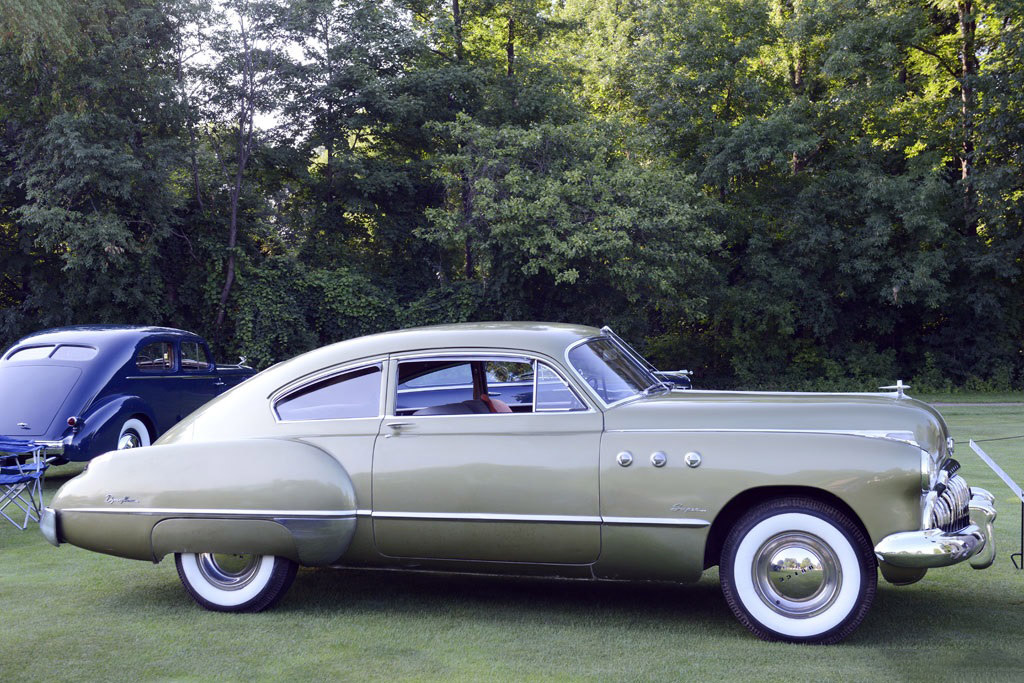
Effortless Power and Performance
Under the hood, the 1949 Buick Series 50 Super Coupe Sedan boasted a Buick-engineered Dynaflow automatic transmission. Initially introduced as an option exclusively for Roadmasters in 1948, it became available for Super models the following year. Paired with the Super’s 248 cubic-inch Buick overhead valve straight-eight engine, the Dynaflow delivered a seamless and powerful driving experience. This optional automatic transmission came at an additional cost of $212 on top of the base price of $2,056 for the Model 56-S.
Preserving a Timeless Classic
This particular 1949 Buick Series 50 Super Coupe Sedan featured in our article has traveled only 40,000 miles since its inception. It proudly retains traces of its original Gala Green paint, a color exclusively offered in 1949. The car’s chrome accents and interior have been exceptionally well preserved, providing a glimpse into the car’s remarkable craftsmanship. Prior to joining the current owner’s collection, this Buick resided primarily in Michigan’s Upper Peninsula, adding to its unique history.
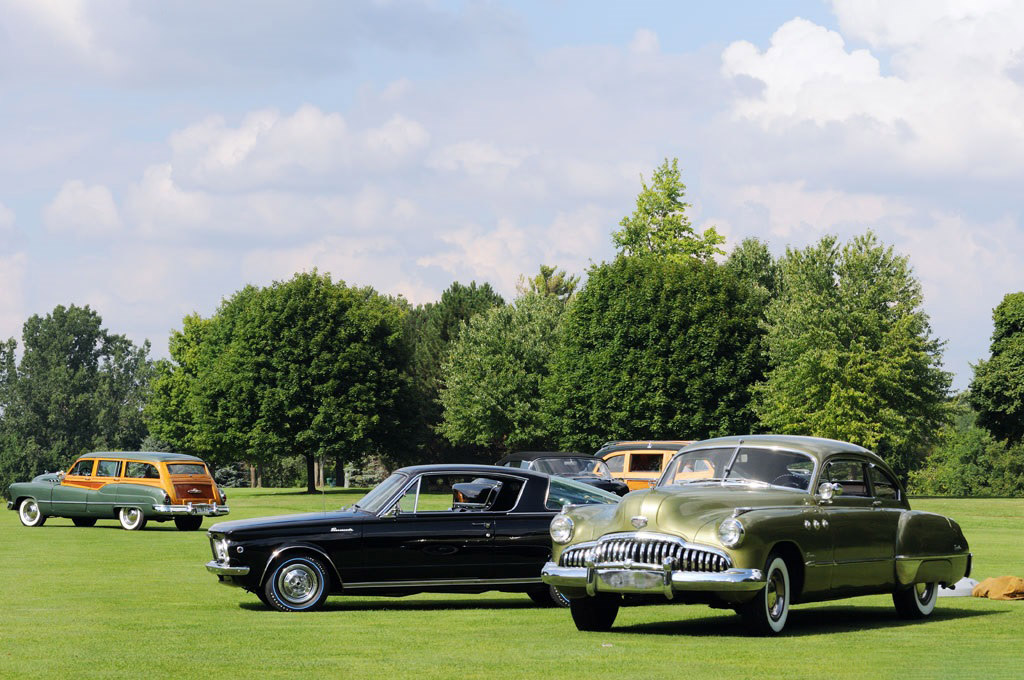
Power and Specifications
- Engine Type: Inline 8
- Displacement: 4064 cc | 248.0 cu in. | 4.1 L.
- Power: 115 HP (84.64 KW) @ 3600 RPM
- Torque: 206 Ft-Lbs (279 NM) @ 2000 RPM
- Bore: 3.1 in | 78 mm.
- Stroke: 4.1 in | 105 mm.
- Compression Ratio: 6.6:1
- Main Bearings: 5
- Cylinder Block: Cast-iron
Conclusion
The 1949 Buick Series 50 Super Coupe Sedan represents a remarkable era in automotive history. With its distinctive Sedanet design, iconic VentiPorts, and powerful performance, this classic vehicle continues to capture the hearts of car enthusiasts worldwide. Preserved with care, its timeless elegance and innovative features make it a true collector’s item. The 1949 Buick Series 50 Super Coupe Sedan serves as a testament to Buick’s commitment to craftsmanship and timeless design.
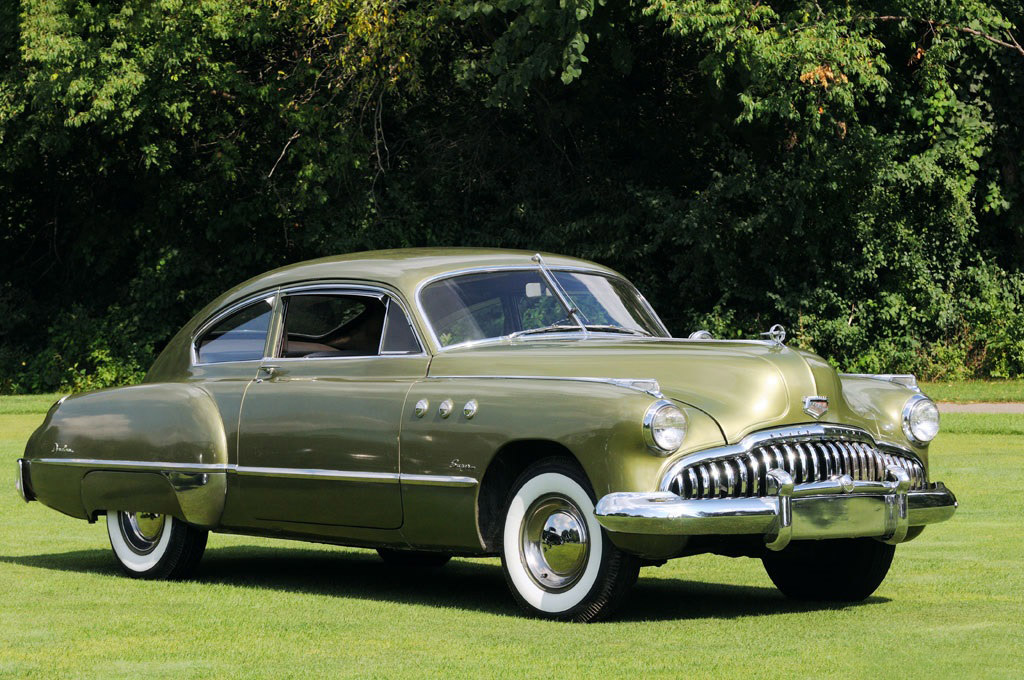
FAQs (Frequently Asked Questions)
1. Is the 1949 Buick Series 50 Super Coupe Sedan still in production? No, the production of the 1949 Buick Series 50 Super Coupe Sedan ceased in 1951. However, it remains an iconic symbol of automotive history.
2. How many VentiPorts did the 1949 Buick Series 50 Super have? The 1949 Buick Series 50 Super models featured three VentiPorts per front fender.
3. What is the significance of the Sedanet design? The Sedanet design introduced in 1941 by Buick was renowned for its sleek lines and spacious interior, setting the stage for future Buick models.
4. How much did the optional Dynaflow automatic transmission cost in 1949? The Dynaflow automatic transmission added $212 to the base price of the 1949 Buick Series 50 Super Coupe Sedan.
5. What color options were available for the 1949 Buick Series 50 Super Coupe Sedan? One of the unique colors offered for the 1949 model year was Gala Green, which can still be found on this particular Sedanet model.




